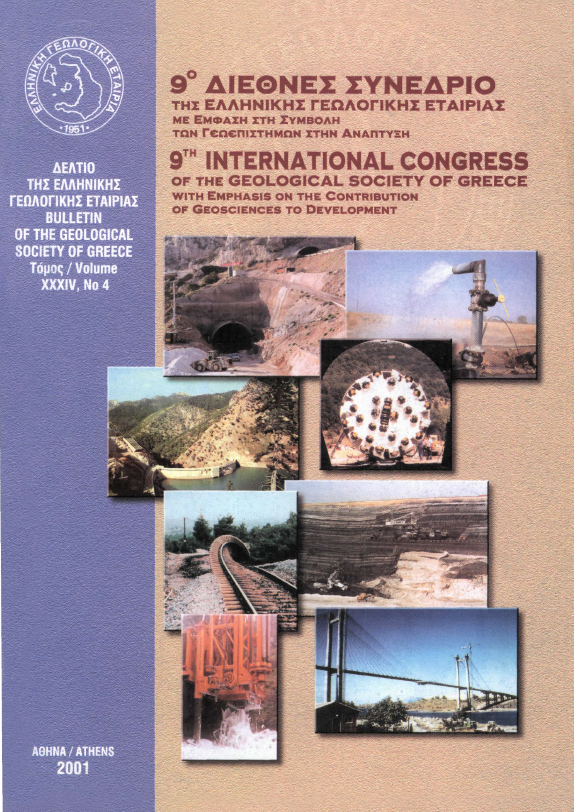The (December 28th, 1891) January 9th, 1892 Larissa (Central Greece) earthquake

Abstract
During the period 1941-1980 Thessalia (Eastern Central Greece) experienced a series of strong earthquakes, which caused damage to a large number of localities and to all its major towns. It is therefore characterized an area of moderate-to-high seismicity. In fact, low-to-moderate seismic activity was also observed in the 19th century, and there are a few sources reporting earthquakes in the area even in the centuries before. In the present study a damaging earthquake in the late 19th century is analyzed, in an effort to build up a detailed picture of the event and its supporting data set and to estimate its parameters with recent techniques. The 1892 shock damaged Larissa, situated in central Thessalia, caused minor damage to a few surrounding towns and was felt up to Thessaloniki to the north. The supporting datasets quoting the earthquake are evaluated according to their sources. Two sources reporting the earthquake, not quoted in the existing studies, were also located. In general, the earthquake effects are described in detail in two studies: one contemporary seismological compilation and one seismological compilation 60 years later, both based on contemporary press reports. The analysis is based on the original sources, contemporary to the earthquake. The macroseismic intensities were assessed using the EMS-98 scale and the focal parameters (magnitude, epicentral coordinates, epicentral intensity) were calculated using the Gasperini et al (1997,1999) method. This method allows for the calculation of earthquake parameters even for a limited number of macroseismic intensities, as in this case. The equivalent moment magnitude of the earthquake and the oriented "box", representing the surface projection of the seismogenic fault, were computed through empirical relations. The equivalent moment magnitude was calculated Mw=5.0, using two different empirical relations and the "boxer" technique, which takes into account all the available macroseismic data. The epicentral intensity of the earthquake was assessed to be I0=6-7 at Larisa and the epicentre was located at a close distance (8 km NE of the town). This location has also been proposed by Galanopoulos (1946), based on the assumption that the 1892 event originated from the same source as the 1941 Larisa earthquake. The calculated length of the associated fault was too small to be correlated with existing main tectonic features
Article Details
- How to Cite
-
KOYΣKOYNA Β. (2001). The (December 28th, 1891) January 9th, 1892 Larissa (Central Greece) earthquake. Bulletin of the Geological Society of Greece, 34(4), 1425–1432. https://doi.org/10.12681/bgsg.17236
- Section
- Seismology

This work is licensed under a Creative Commons Attribution-NonCommercial 4.0 International License.
Authors who publish with this journal agree to the following terms:
Authors retain copyright and grant the journal right of first publication with the work simultaneously licensed under a Creative Commons Attribution Non-Commercial License that allows others to share the work with an acknowledgement of the work's authorship and initial publication in this journal.
Authors are able to enter into separate, additional contractual arrangements for the non-exclusive distribution of the journal's published version of the work (e.g. post it to an institutional repository or publish it in a book), with an acknowledgement of its initial publication in this journal. Authors are permitted and encouraged to post their work online (preferably in institutional repositories or on their website) prior to and during the submission process, as it can lead to productive exchanges, as well as earlier and greater citation of published work.


